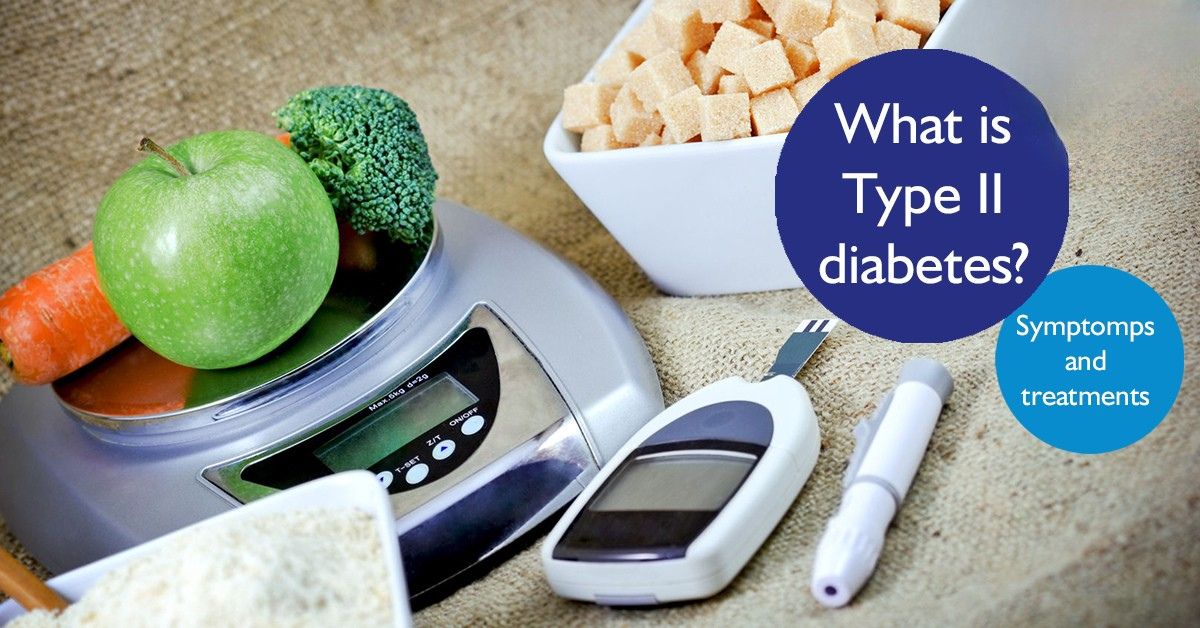Diabetes is the most frequently occurring metabolic disease that affects hundreds of millions of people worldwide. According to WHO data, the number of people with diabetes increased from 108 million to 422 million from 1980 to 2014.
In case of type 1 diabetes, the pancreas produces little or no insulin.
Insulin is a hormone that allows the body to use glucose for energy. Without the help of insulin, the cells are unable to absorb glucose.
When type 2 diabetes occurs, the body resists the effects of insulin.









